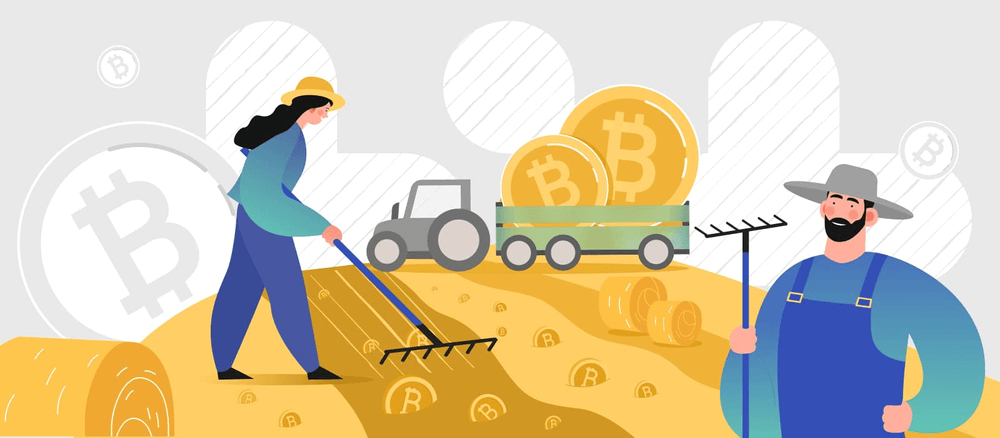

Crypto Real Yields: Hottest Trend in DeFi
Yield farming is a concept born out of the DeFi technology landscape. It involves actively seeking the best Annual Percentage Yields (APYs) and moving assets within the DeFi ecosystem to maximize returns.
The practice gained traction with Compound, an Ethereum-based DeFi project that rewarded users with its native governance token, $COMP, for participating in its network. Today, users who lend or borrow on Compound continue to earn $COMP tokens.

What are Real Yields?
Real yield, a crucial term in yield farming, represents a portion of a protocol's revenue that governance token holders can earn by staking their assets.
This concept is akin to receiving dividends from a company as a shareholder. Notable real yield projects, such as Redacted Cartel, Umami Finance, Gains Network, GMX, and Synthetix, have gained recognition for sharing profits with their investors.
What is Yield Farming in Cryptocurrency?
Yield farming allows token holders to deposit their cryptocurrencies into pools alongside other users to earn financial returns, often in the form of interest. While it carries some risks, it offers several benefits:
- High Returns:
Yield farming can yield impressive returns, with some opportunities offering interest rates as high as 100%. - Decentralization:
Smart contracts power yield farms, making them decentralized financial instruments. - Risk Consideration:
Participants must be willing to accept the risk of potential losses, making it suitable for investors with a higher risk appetite. - Access via DeFi:
Yield farms are accessible through DeFi platforms like PancakeSwap.
Starting yield farming involves depositing tokens into yield farming projects for a set period, during which users receive incentives in return.
Token locking and interest payments are facilitated through smart contracts, with part of the interest paid by borrowers going to the exchange. Transaction fees also contribute to the passive revenue stream for yield farmers.
How to start Yield Farming?
To start with Yield Farming, users can deposit their cryptocurrency tokens in yield farming projects for a predetermined amount of time and then start to receive incentives in return.

Token locking and interest payment is done via smart contracts. The borrowers of the token are required to pay interest of their loaned amount, a part of which goes to the exchange. The transaction fees usually serves as a passive revenue stream for yield farmers.
Risks in Yield Farming
While yield farming can be lucrative, it is not without risks. The DeFi space has witnessed incidents like those involving Celsius and Terra, which have raised concerns about the sector's legitimacy. Risks associated with yield farming include:

- Lack of Understanding:
Yield farming requires a deep understanding of decentralized finance, which some users may lack. - Fixed Strategies:
Sticking to rigid strategies without adapting to changing market conditions can lead to losses.
Conclusion
Yield farming offers an effective strategy for earning income on DeFi platforms, but it demands thorough research and an understanding of personal risk tolerance.
The allure of substantial gains is undeniable, but it is crucial to proceed with caution, especially in this fast-paced and highly lucrative DeFi niche. By staying informed and flexible, yield farmers can navigate this evolving landscape successfully.
Image Credits: Tutto Crypto; Pixelplex; The Defiant.
